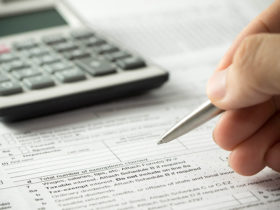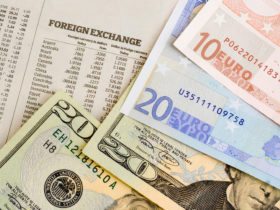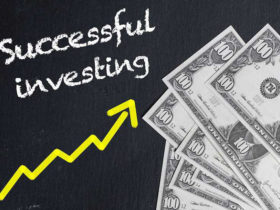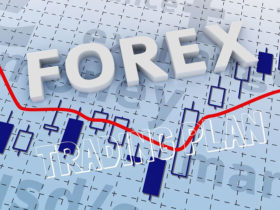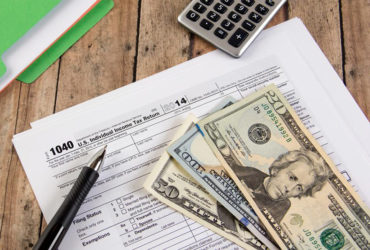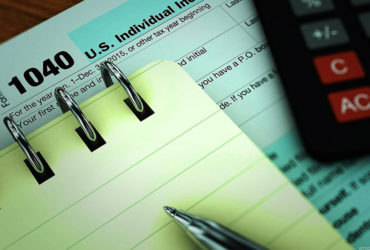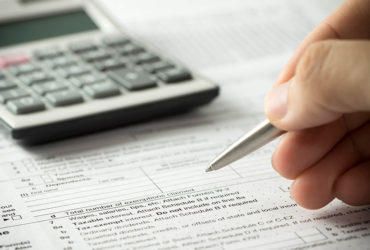If you’ve started to "go green" you’ve probably already noticed some benefits to the quality of life in your home, especially when it comes to saving money. Reducing your energy usage by taking actions such as replacing appliances with ENERGYSTAR rated ones cuts your energy bill in a measurable way. Or if you’ve installed your first dishwasher, you’re not only saving money and water, you’re saving yourself some hard work (and the skin on your hands thanks you, too!)
"Going green" is like that for our society at large as well as in each of our homes. It reduces financial cost, preserves our environment and enhances everyone’s quality of life. It touches every portion of our homes, from your central air units and central heating to your furnace air filters and gas heaters. Since it has such tangible benefits, our federal government along with many state governments are encouraging us to "go green" by offering yearly tax credits.
Did you know that if you install certain energy-efficient products or renewable energy systems you might qualify for a tax break of up to $1500, or more? But before we take a quick look at the current Federal Tax Credit program, you should also know that every state, plus the District of Columbia, offers a rebate program for purchasing ENERGYSTAR rated appliances. You can visit The Department of Energy’s website to learn more about what your state has to offer.
Currently, the state of Ohio plans to offer a rebate program, scheduled to begin in March 2010, which will apply to ENERGYSTAR qualified and ultra-efficient models of appliances that are purchased and installed to replace older, inefficient models. It will cover refrigerators, clothes washers, dishwashers, gas storage water heaters and electric heat pump water heaters. But the program will only last until all the funds allocated for it are spent, so don’t wait to apply for your rebate this year!
Now, on to the Federal Tax Credit program. First, to qualify, the energy efficient improvement must be done to your principal residence, not a second home and not a rental home.
If you make energy efficient improvements to the following areas, you may be eligible for a tax credit of 30% of cost, up to $1500:
Biomass Stoves
HVAC Systems
Insulation
Roofs (Metal and Asphalt)
Water Heaters (non-solar)
Windows and Doors
This tax credit is set to expire December 31, 2010.
If you make the following energy efficient installations, you may receive a tax credit of 30% of cost, with no upper limit:
Geothermal Heat Pumps
Small Wind Turbines (Residential)
Solar Energy Systems
This tax credit is set to expire December 31, 2016.
Finally, if you make the following energy efficient home improvement to your primary residence, you may receive a tax credit of 30% of the cost, up to $500 per .5 kW of power capacity:
Fuel Cells (Residential Fuel Cell and Microturbine System)
This tax credit is also set to expire on December 31, 2016.
So if you are one of the thousands of homeowners interested in "going green," don’t forget to look into the tax credit benefits and rebates that could be coming your way.


